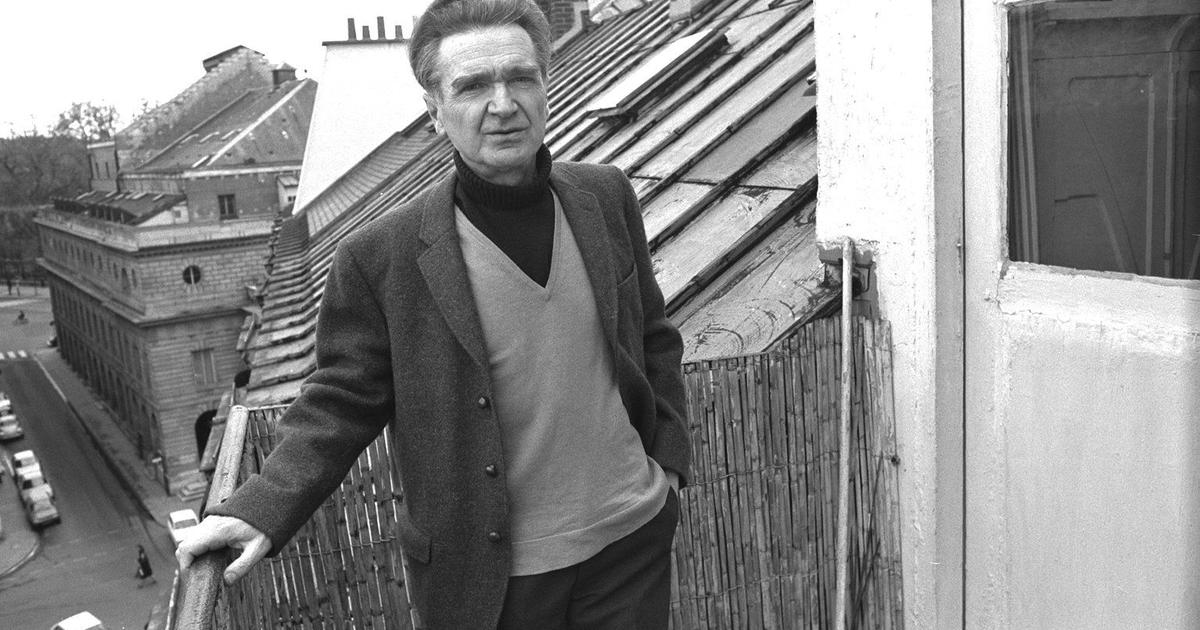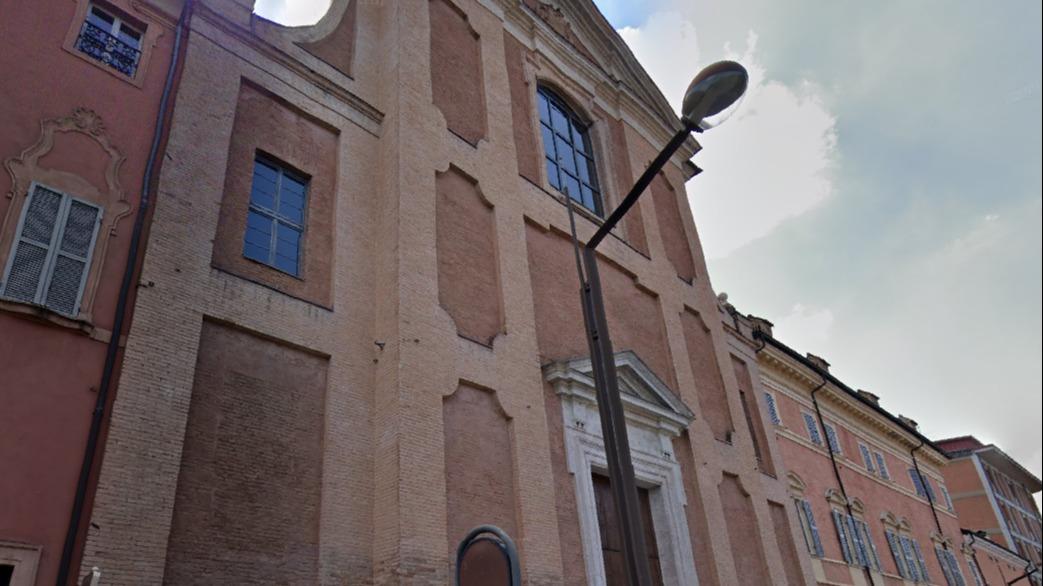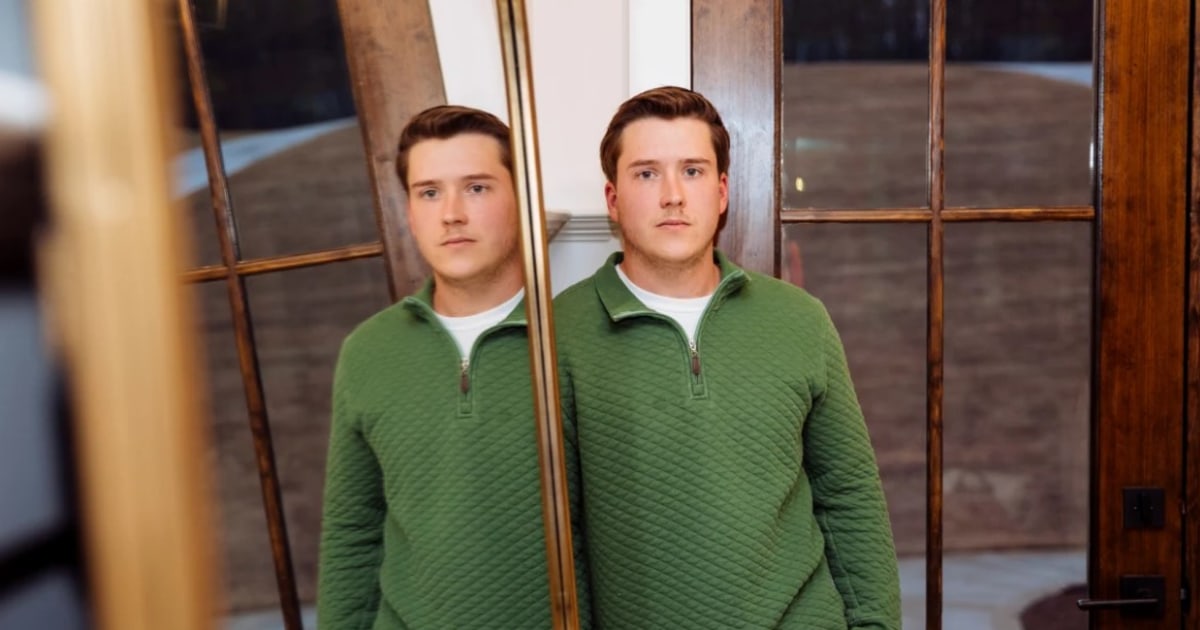"Exactly three years ago I was admitted to the sanatorium of Dr. Morales in Santander, Spain. Dr. Pardo, from Madrid, and the British Consul declared me incurably insane."
The story of the liberation of
Leonora Carrington
, the liberation from the world, from her parents, from society, is the axis of her memoirs, titled
Down Below
(Down), dating from 1944.
The book begins by invoking its reader: “A week ago I began to collect the threads that could have led me to cross the initial frontier of Knowledge.
I must relive that experience, because by doing so, I believe that I can be useful to you, just as I believe that you will help me on my journey beyond that border, keeping me lucid and allowing me to put on and take off as I please the mask that will be my shield against the hostility of Conformism”.
In Carrington's life story, everything goes back to her origins:
a repressive Anglo-Irish upbringing
, from which she fled in 1937, at the age of 20, when her parents had placed her in a mental institution.
"I was much more afraid of my father than of Hitler
," he said.
He first settled in France and then, when the Nazis invaded, he went to Madrid, New York and finally to Mexico, where he spent the rest of his life.
He never saw his father again.
He rarely visited his mother.
Carrington was a founder of the Women's Liberation Movement of Mexico,
Mary Leonora Carrington was born on April 6, 1917 in Lancashire, England.
Her family, Roman Catholic, consisted of her father, Harold Wylde Carrington,
a wealthy textile manufacturer
, her mother, Marie Moorhead, of Irish origin, and three brothers: Patrick, Gerald, and Arthur.
Until the age of ten the artist lived in a large house in Cockerham.
She was a rebellious puberty.
Educated by governesses, tutors, and nuns, she was expelled from two schools for her behavior.
Her family sent her to Florence where she attended an Art Academy and St Mary's Convent School in Ascot.
In 1927, at the age of ten, she saw the first Surrealist work in a Paris gallery, a painting, and this marked her life.
Her father was opposed to her career as an artist, but her mother encouraged her.
She returned to England and in 1935 she attended the London Chelsea School of Art and then the Ozenfant Academy of Fine Arts established by the French modernist Amédée Ozenfant in London.
In 1936 he received a copy of the book
Surrealism
by Herbert Read, a gift from his mother, and thus he finished strengthening his relationship with this artistic current.
“I am an old woman who has lived a long time,” Carrington wrote to a friend in 1945. She was only 28 years old.
Carrington between the poet Paul Eluard and her first great love, the artist Max Ernst.
withering love and betrayal
That year Carrington knows the work of the German
Max Ernst
at the International Surrealist Exhibition in London and without knowing him, he fell at his feet.
They met at a party in London, fell in love and went to Paris, where Ernst, 26 years older than Leonora, separated from his wife to maintain a dedicated relationship with his partner, "
The Bride of the Wind", he called her.
In 1938 they left Paris and settled in the south of France.
It was all art and love.
Ernst and Carrington loved each other, fused together, and encouraged each other lovingly and artistically
.
They photographed each other.
Together they made sculptures of guardian animals: Ernst modeled his birds and Carrington created a plaster horse's head to decorate her home in Saint Martin d'Ardèche.
Between 1937 and 1938, Carrington painted his famous Self-Portrait, also called
The Dawn Horse Inn
, now on display at the Metropolitan Museum of Art.
Wearing white jodhpurs and a wild mane, a Carrington is seen sitting on the edge of a saddle in this dreamlike scene with her hand outstretched toward a hyena with puffy nipples and her back to a tailless rocking horse flying behind her. she, who is seen with wild hair and a pale, carefree face that looks defiantly at the viewer.
Carrington would wonder why surreal men had treated women as
artificial beings
: their bodies were manipulable and their spirits elusive.
World War II breaks out and Ernst, a German, is arrested by the French authorities for being a “hostile foreigner”.
Thanks to the intervention of intellectuals and artists, he was released.
Once the Nazis invaded France, he was arrested this time by the Gestapo who considered his art, and himself, “degenerate”.
He escaped to the United States with the help of Peggy Guggenheim, a patron of the arts whom he would eventually marry in 1942.
Following Ernst's arrest and escape, Carrington was devastated.
Carrington in his studio.
His artistic work has been revalued in recent years.
Carrington spoke of the "legendary powers" of women and the need for them to recover the rights that belonged to them.
leak forward
He went to Spain and settled in Madrid with family friends.
But her delusions
led her to a psychotic break and she was committed to an asylum.
She received electroconvulsive therapy and was treated with powerful barbiturates.
Her parents intend to send her to a sanatorium in South Africa.
On her way to South Africa she stopped in Portugal, where she escaped from her.
He went to the Mexican Embassy to look for Renato Leduc, poet and Mexican ambassador.
Leduc was a friend of Pablo Picasso whom he had met at bullfights and
arranged a marriage of convenience with Carrington
so that she would be the recipient of the immunity granted to the wife of a diplomat.
The couple divorced in 1943. Ernst had already married the Guggenheim in New York but that marriage would end a few years later.
Regardless, Ernst and Carrington never resumed their relationship.
After spending a year in New York, Leduc and Carrington went to Mexico, where he lived, on and off, for the rest of his life.
Her brilliant artistic eye and talent masked a deep vulnerability:
"I am an old woman who has lived long
," Carrington wrote to a friend in 1945. She was only 28 years old.
When Carrington arrived in Mexico, it was preceded by the success of his exhibitions, which allowed him to create connections within surrealist circles.
There he will create the mural
The Magical World of the Maya
, which is now in the National Museum of Anthropology in Mexico City.
Leonora Carrington said that she had not been born, that she had been made
.
One gloomy day, her mother, feeling fat, apathetic, and undesirable, had lain down on top of a machine.
The machine was a contraption designed to extract hundreds of liters of semen from animals (pigs, roosters, horses, hedgehogs): "I was born from this communion of human, animal and machine."
Carrington was also
a founding member of the women's liberation movement in Mexico
during the 1970s: she designed the
Mujeres conciencia
poster , which depicted the birth of a new Eve.
Previous generations of women artists joined the more liberal movement of the feminist set.
Carrington encouraged them about the "legendary powers" of women and the need for them to recover the rights that belonged to them.
Carrington was considered
the femme enfant terrible
of the surrealists due to her rebelliousness.
Already established in Mexico, Carrington found a city full of socialists and communists in exile and an art scene presided over by luminaries of Mexican muralism.
(Frida Kahlo apparently called Carrington and her circle "those European bitches.")
I didn't have time to be anyone's muse... I was too busy rebelling against my family and learning to be an artist.
Leonora Carrington
Matriarchy
New marriage, this time with the Hungarian photographer
Emerico "Chiki" Weisz
.
She had two children and created a new "surrealist family", anchored by two friends, the photographer Kati Horna and the painter Remedios Varo.
The family was a matriarchy engaged in a more enduring and surreal feminist project
.
Weisz was born in 1911 and was director of Robert Capa's darkroom during the Spanish Civil War.
The couple's children were Gabriel, an intellectual and poet, and Pablo, a doctor and surrealist artist.
After the birth of her youngest son, Pablo, in 1947, Carrington wrote to art dealer Pierre Matisse explaining why she would not attend his solo show at his New York gallery: "I have not left these four walls for two years and I I have come back so intimidated by the outside world that I could have grown a cleft lip, a long gray beard and three cauliflower ears, bowlegs, a hunchback, gallstones and crossed eyes.”
This confinement had more to do with
his own idea of liberation
than any other neurosis.
Chiki died on January 17, 2007 at her home.
She was 97 years old.
She will follow Leonora on May 25, 2011, at the age of 94, as a result of complications from pneumonia.
She was buried in the English Pantheon in Mexico City.
“
I didn't have time to be anyone's muse…
I was too busy rebelling against my family and learning to be an artist”, he assured.
And she complied.
look too
Emma Goldman, the most "dangerous" pioneer activist in Russia and the United States
Emilia Pardo Bazán, the feminist writer who defied her time















